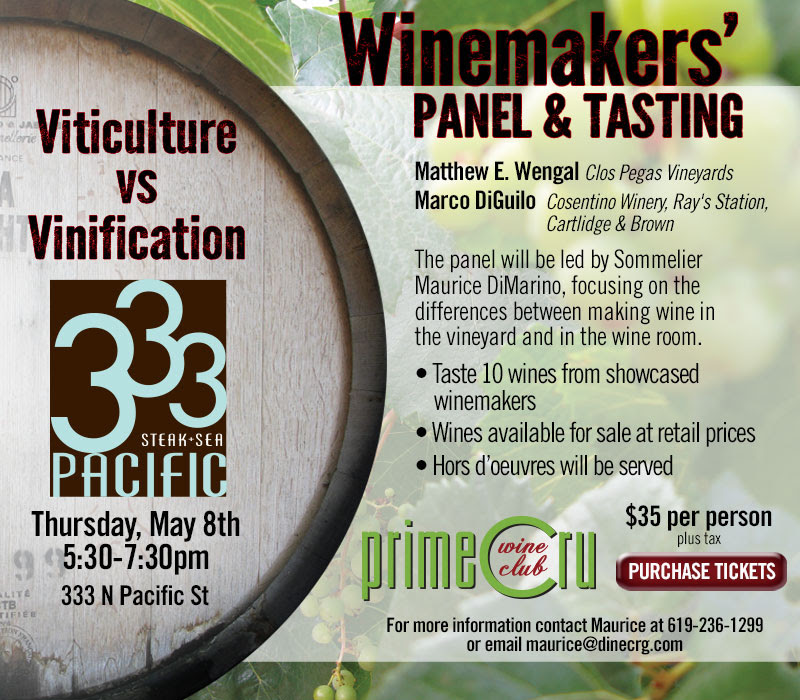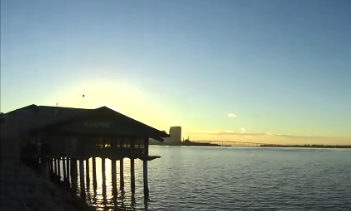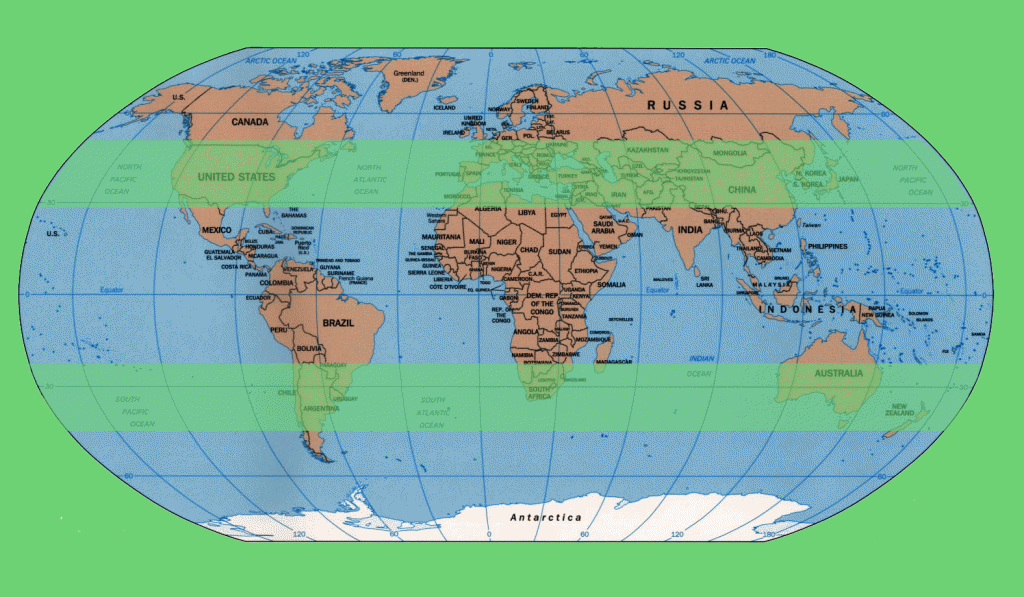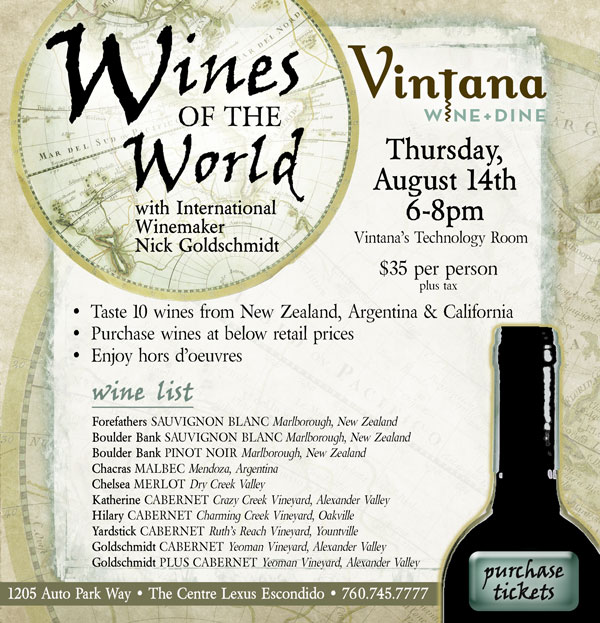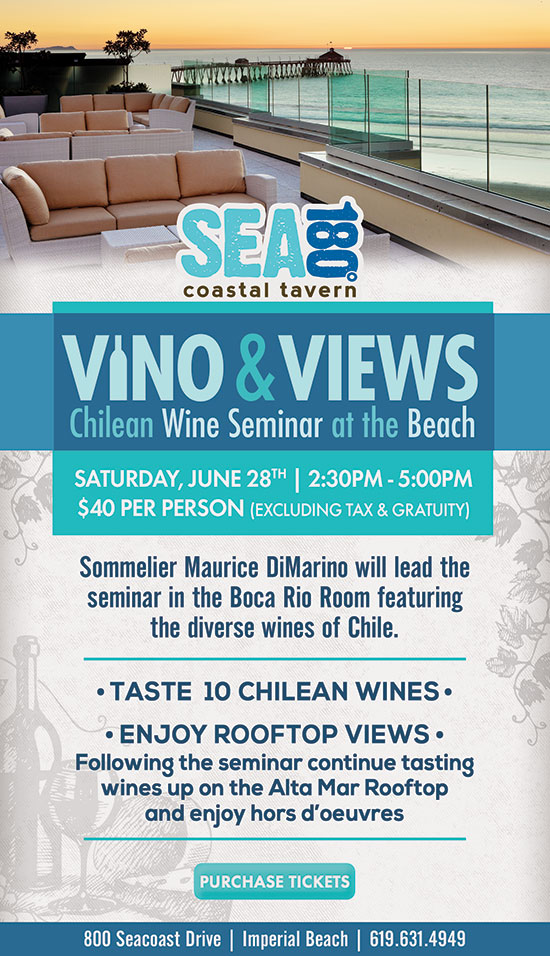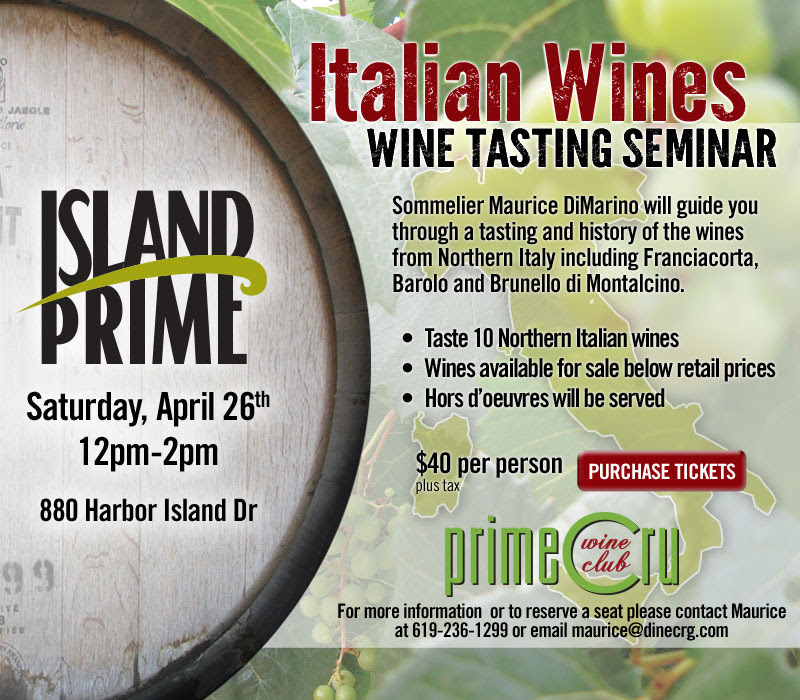Posted on April 28, 2014
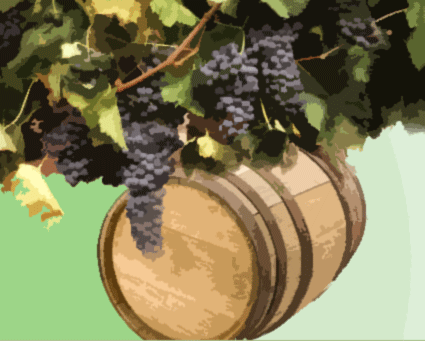 If I were to ask you, “would you rather have a wine made in the vineyard or a wine made in the wine cellar”, what would you respond? Does that question even make sense? After all, aren’t all wines made in a wine cellar? Technically, yes. However, what my question is trying to discuss is Viticulture vs Vinification. This has been a topic of some debate for centuries. The central controversy is whether a wine maker should use the terroir, the soil, the irrigation, the sunlight, the canopy or better said, the viticulture to create their wine. Or, should the wine maker take what he gets from the harvest and change the wine in the wine cellar. The lines are getting a bit blurred in this day in age. There was a time we could say that the old world made wine in the vineyard and the new world made wine in the cellar. But with more modernization of the old world and more naturalization in the new world, things are getting a bit jumbled.
If I were to ask you, “would you rather have a wine made in the vineyard or a wine made in the wine cellar”, what would you respond? Does that question even make sense? After all, aren’t all wines made in a wine cellar? Technically, yes. However, what my question is trying to discuss is Viticulture vs Vinification. This has been a topic of some debate for centuries. The central controversy is whether a wine maker should use the terroir, the soil, the irrigation, the sunlight, the canopy or better said, the viticulture to create their wine. Or, should the wine maker take what he gets from the harvest and change the wine in the wine cellar. The lines are getting a bit blurred in this day in age. There was a time we could say that the old world made wine in the vineyard and the new world made wine in the cellar. But with more modernization of the old world and more naturalization in the new world, things are getting a bit jumbled.
The ancient Romans would make their wine in the vineyard and then change it by adding honey, chalk and herbs to make it taste better. Back then, they were unable to ferment wines dry. Their wines were rather insipid. The herbs and honey helped the Romans consume their harvest. Much later, after the renaissance and with the help of science, wine makers discovered that yeasts were the magic behind alcohol. This led wine makers to experiment with sugar. When the use of beet sugar was introduced in Europe, the wines were transformed. For the first time winemakers were able to ferment wines drier. Once again, vinification was very important.
On the other hand, the French, the Germans and Italians knew that their wines were a direct representation of their vineyards and land. They wanted the terroir to dominate the wine. They created laws that limited wine makers in the wine room and made them focus on growing grapes. These laws controlled yields, gave grapes specific sites and stipulated levels of alcohol. The purpose was so that when someone drank their wine, they would say. “ah, this is Pommard”? Or what ever region the wine came from. On a good vintage when everything fell right into place, the wines were out of this world. However, in a cold vintage or hot vintage the wines had no chance of attaining greatness.
In this world and age where everything is money, there is no room for bad vintages. A bad vintage can break a winery if they do not adjust or fix the wine in the cellar. A whole year’s investment can be lost with a frost. Many wineries have taken to the idea of sustainability. Sustainability means that the land continues to give and sustain the business. The business needs to sustain the land. For many, this means that they need to make adjustments in the winery, either by adding color, sugar or acid to their wines. A good example is Australia. The Barossa Valley is famous for producing ripe, dark, full-bodied Shiraz. The weather is ideal for such a grape. However, if they were to leave the grape to ripen in the vineyard and then vinify it without adding acid, the wine would be flabby. This region is notorious for adding tartaric acid to the wines, so they may attain balance. They need to sustain their business and continue to produce a wine that is enjoyable to the consumer.
If we look at Riesling from the Mosel in Germany, wine makers struggle with ripeness. The region is cold and it is difficult to ferment their wines dry. However, the German laws prohibit producers from adding sugar if they would like to meet Pradikat status. This is important, because those producers that meet QdP classification have made their wines in the vineyard, and are not allowed to add sugar to ferment. The wines that meet Pradikat status and are fermented dry are wines of intensity and concentration that is undeniable. The wines were made via viticulture and the result are usually wines that say, “I am Riesling from the Mosel and I am delicious”?
California is one of the most gifted wine regions. It has sun, soil diversity and cooling influences. So where do wine makers in California stand on this debate? Many wine makers do most of the work in the vineyard by controlling yields, stressing the vines and dry farming. They believe that they can get a higher quality product if the attention to detail is in the vineyard. Then there are wine makers that get fruit and decide in the wine cellar a style for their wine. Many of the large wine companies fall into this category where they have a brand, and that brand needs to be consistent from year to year. This is something that the viticultured wine cannot guarantee. However, put a little color here, a little acid there a, bit of charred oak to top it off and voila, the wine is the same year after year.
These examples are extremes of the argument. Today the lines are blurred and we have many wine makers whom embrace both ideologies. I have reached out to two wine makers from California to come to one of our restaurants and discuss these ideologies in more details. Richard Sowalsky from Clos Pegas Vineyards will sit on the side of Viticulture. Clos Pegas prides themselves on making wines that are food friendly and express the terroir from their estate. On the other side, I have invited consulting and head wine maker for Vintage Wines, Marco DiGuilo. He will discuss the wine making ways behind the wines of Cosentino, Ray’s Station and Cartlidge and Brown. His expertise covers many regions and styles of wine. Each winery is its own brand. Marco needs to use what the regions offer and make the wine in the cellar to meet the brands specifications.
Two talented wine makers. Two different points of view. Ten wines. Need I say more.
I invite you to our first Prime Cru event at 333 Pacific in Oceanside, The Wine Maker Panel: Viticulture vs Vinification. This event has been postponed.
for more information contact maurice@dinecrg.com
